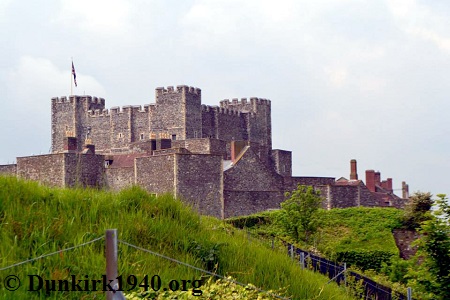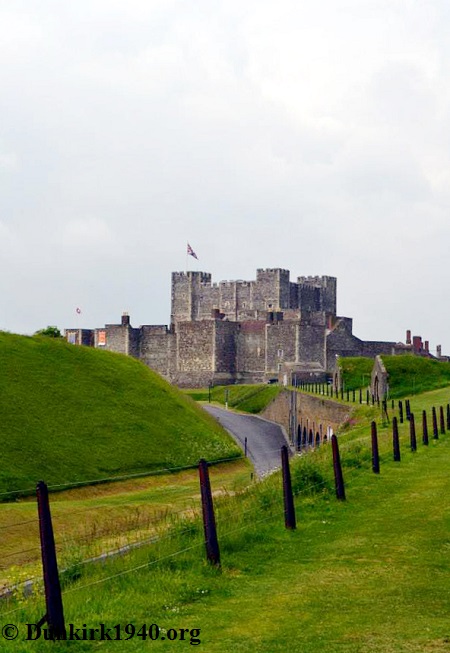
Dover Castle is the largest castle in England; fortifications have been constructed on the site since the Iron Age. The Romans built a lighthouse, which still survives, within the site. Following the Saxon defeat at the Battle of Hastings in 1066, William and his army arrived at Dover during a rather indirect tour en route to his coronation at Westminster Abbey. It is commonly believed this was in order to upgrade the existing Saxon defences to prevent any challenges to his newly-conquered lands. The first formal Norman attention was in 1088, when knights were ordered to defend the Castle and in turn, the town and its port. From the medieval period it has been generally stated that the castle was the "Key to England".

When Henry II came to the throne, the work began on what we now see as Dover Castle. Previous castles had been largely built of wood and the vast stone structure that exists today results from this rebuild. The works were again strengthened following a nearly successful siege in 1216; this largely consisted of the original northern, Fitzwilliam Gateway being turned over to a projecting bulwark and tunnels and the Constable's Gate becoming the main entrance. In 1642, during the English Civil War, the castle was taken by the Parliamentary forces from the Royalist garrison without a single shot being fired.

During the Napoleonic Wars, further building work took place to again upgrade and strengthen the Castle's defences; this also saw Dover become a major garrison town, complete with additional fortifications to the west, along with barracks. With the Castle being built on a chalk base, the engineers had found it relatively easy to tunnel into the ground below the site. It was here that William Twiss and the Royal Engineers created a barrack complex, some 15 metres underground and opening onto the cliffs. These could hold over 2,000 men along with their equipment and were the first underground barracks to be constructed in Britain. From 1803 to the end of the Napoleonic Wars, these saw regular use, due to the heightened fear of invasion. Following the end of the conflict, the tunnels saw a short use for anti-smuggling operations. This, however, came to an end in 1827 and the tunnels were abandoned for over a century.
To read more about the tunnels, please click here.
Back
